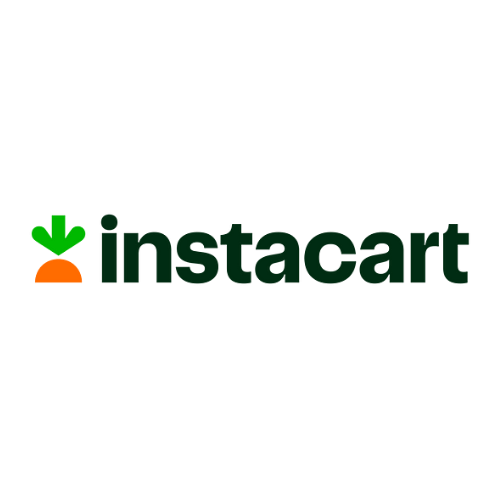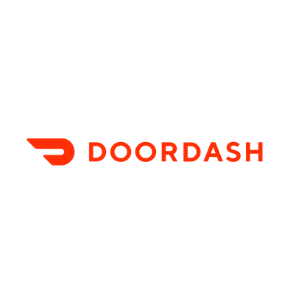 SAN FRANCISCO — Hewlett-Packard on Wednesday launched a touchscreen tablet and two new smartphones powered by Palm's mobile operating system, webOS.
SAN FRANCISCO — Hewlett-Packard on Wednesday launched a touchscreen tablet and two new smartphones powered by Palm's mobile operating system, webOS.
Dubbed the TouchPad, the HP tablet has a 9.7-inch screen with 1024 x 768 resolution, a front-facing camera for videoconferencing and a dual-core 1.2-GHz processor.
Due for a summer release, the TouchPad also includes stereo speakers, gyroscope and accelerometer sensors, Bluetooth compatibility and support for Adobe Flash. HP did not announce a price tag.
"For the first time webOS is available on a form factor that lets the intuitive elegance of the platform really shine through," said Jon Rubinstein, HP's senior vice president.
The TouchPad tablet is HP's entry into the touchscreen tablet market created by Apple's 9.7-inch iPad in 2010. That market is rapidly growing more crowded with the advent of tablets such as Samsung's Galaxy Tab and the upcoming Motorola Xoom, both running Google's Android operating system. By contrast, HP is betting on webOS, which powers its current Pre and Pixi smartphones, but which lags behind both Android and Apple's iOS in developer support.
In the past, HP has sold stylus-controlled tablet PCs running the Windows OS, but that product category never grew beyond a tiny business niche. The webOS-powered TouchPad is HP's first consumer-oriented tablet device.
HP acquired Palm last year to develop a mobile operating system in-house. Wednesday's offerings are the first products resulting from the new acquisition.
HP highlighted the TouchPad's web-connected syncing experience called Synergy, which also works with HP's webOS phones. Enter a calendar entry on the TouchPad, for example, and if you enter your user name and password on a webOS phone, the calendar automatically synchronizes the entries.
HP added that the TouchPad would include its own built-in phone service for handling calls on the TouchPad. However, the company did not have full details about carrier support.
The TouchPad's user interface features a dock at the bottom with core apps for e-mail, browsing and others. An arrow button on the right brings up a launcher that shows a window of the most frequently used apps.
Third-party apps for the TouchPad will be developed with WebKit, the same development tools used to make apps for the earlier webOS phones such as the Palm Pre.
HP also showed off notification features that it claims are less obtrusive than competitors'. An instant message could pop up a mini notification in the upper corner of the screen, for example, and you could select the notification to switch to the IM app.
"The TouchPad is nothing short of a breakthrough," Rubinstein said.
HP earlier in the press conference launched two smartphones, the HP Veer (above) and the Pre 3 (below). Both phones include a 5-megapixel camera and slide-out qwerty keyboards, and both include support for Flash. The smaller Veer has a 2.6-inch touchscreen, and the bigger Pre 3 has a 3.6-inch display.
Both smartphones can be turned into wireless hotspots to share their data connection with up to five different devices (similar to the Verizon iPhone). HP is marketing the Pre 3 as a "professional workhorse" for power users.
The Veer will be available early spring, and the Pre 3 will be shipping in summer.
Photos: Jon Snyder/Wired.com








